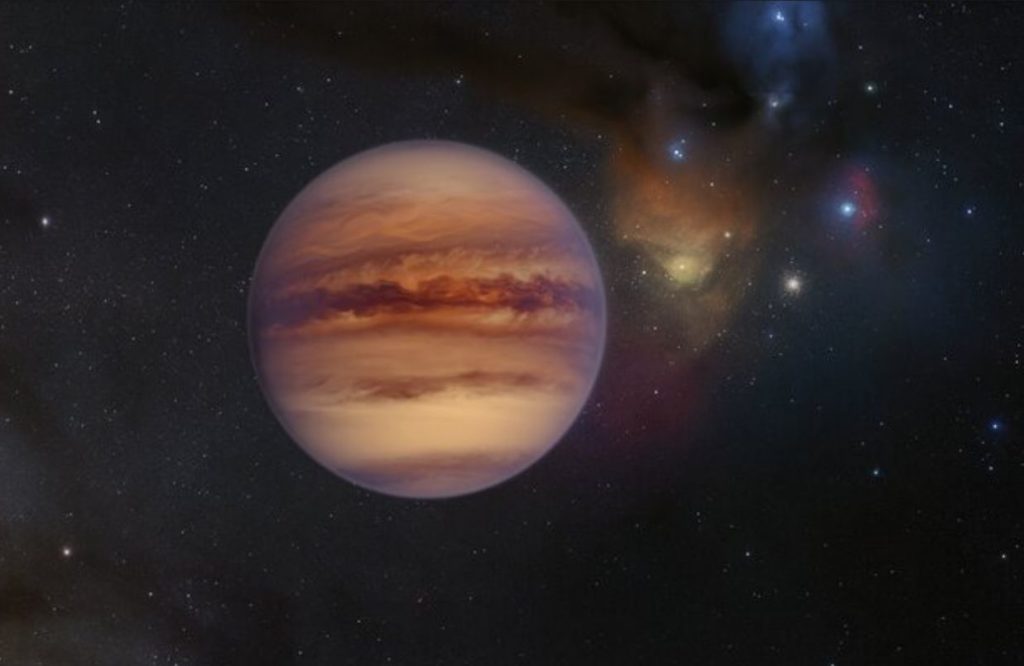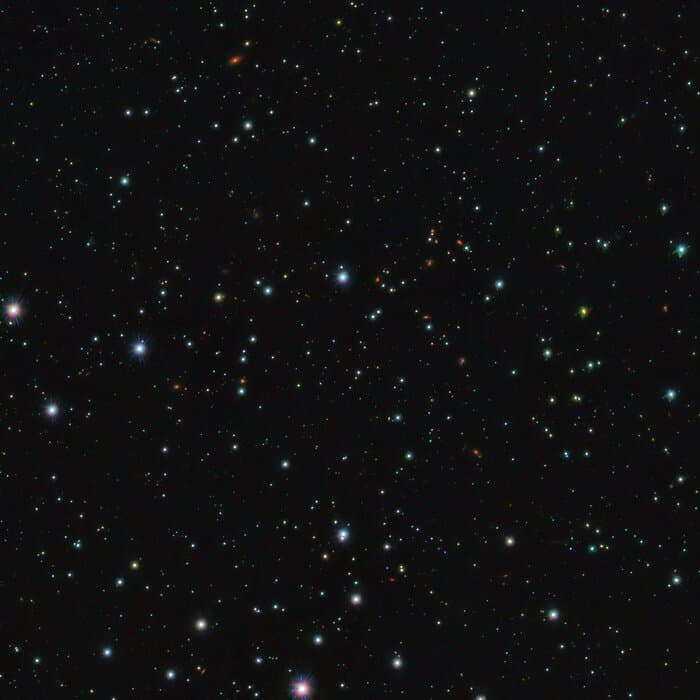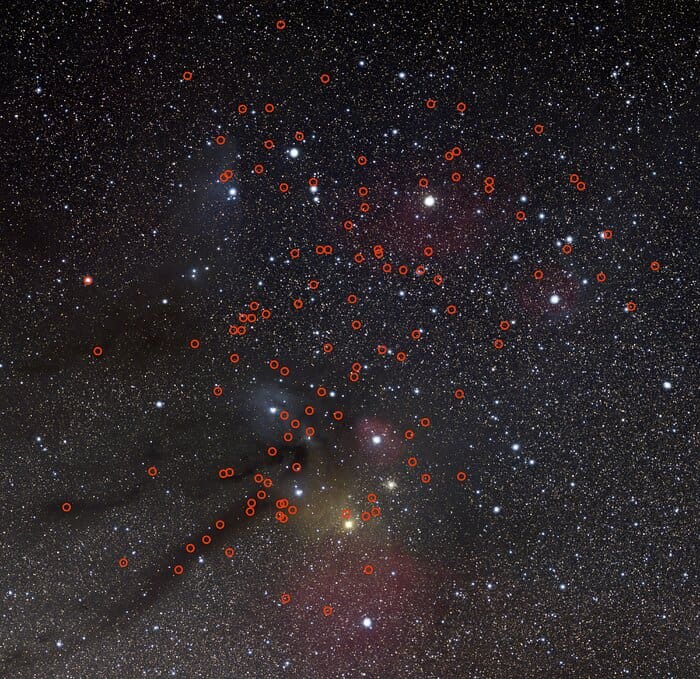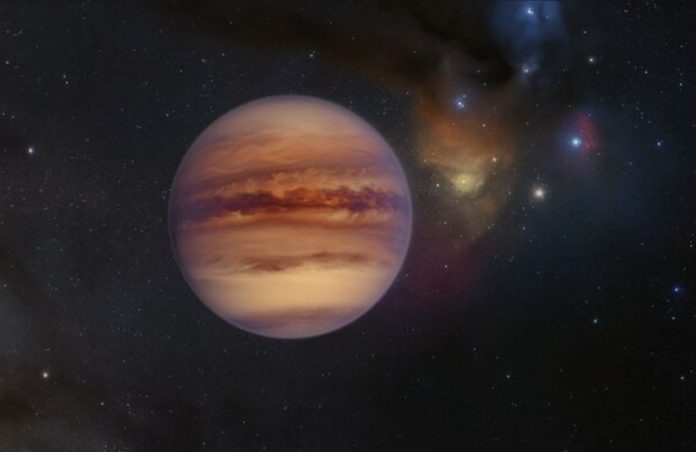Even though they are as massive as our planets, rogue planets do not follow a regular orbital path around a star like the rest of our solar system’s planets.
Until now, not many were known, but a team of scientists has identified at least 70 new rogue planets in our galaxy using data from several European Southern Observatory (ESO) telescopes and other facilities.
This is the largest set of rogue planets ever discovered, which is a significant step toward understanding the origins and characteristics of these fascinating galactic nomads.
“We did not know how many to expect and are excited to have found so many,” said Núria Miret-Roig, the first author of the new study published in Nature Astronomy.

Rogue planets, hidden far from any star illuminating them, are typically unimaginable. Miret-Roig and her colleagues took use of the fact that these planets are still hot enough to shine a few million years after formation, making them directly detectable by sensitive cameras on giant telescopes.
They discovered at least 70 new rogue planets with masses equal to Jupiter in a star-forming zone near our Sun, in the constellations of Upper Scorpius and Ophiuchus.
To find so many rogue planets, the scientists analyzed data from a wide range of telescopes on the ground and in space collected over a 20-year period.

“We measured the tiny motions, the colours and luminosities of tens of millions of sources in a large area of the sky,” explained Miret-Roig.
“These measurements allowed us to securely identify the faintest objects in this region, the rogue planets.”
Observations from ESO’s Very Large Telescope (VLT), the Visible and Infrared Survey Telescope for Astronomy (VISTA), the VLT Survey Telescope (VST), and the MPG/ESO 2.2-metre telescope in Chile, among other facilities, were employed by the team.
“The vast majority of our data come from ESO observatories, which were absolutely critical for this study. Their wide field of view and unique sensitivity were keys to our success,” said Hervé Bouy, the project leader of the new research.
“We used tens of thousands of wide-field images from ESO facilities, corresponding to hundreds of hours of observations, and literally tens of terabytes of data.”
The researchers also used data from the European Space Agency’s Gaia satellite, proving that collaboration between ground- and space-based observatories is a tremendous success in the study and comprehension of our Universe.

According to the findings, there could be many more of these fascinating, starless planets out there that we have yet to uncover.
“There could be several billions of these free-floating giant planets roaming freely in the Milky Way without a host star,” Bouy added.
Studying these new rogue planets may reveal information about their formation. Some scientists believe that rogue planets can emerge from the collapse of a gas cloud that is too tiny to create a star, or that they were kicked out of their home system. However, which method is more plausible is uncertain.
Further technological advancements will be critical in unraveling the riddle of these wandering planets. The team wants to continue studying them in greater depth using ESO’s next Extremely Large Telescope (ELT), which is presently being built in Chile’s Atacama Desert and is scheduled to begin observations later this decade.
“These objects are extremely faint and little can be done to study them with current facilities,” said Bouy. “The ELT will be absolutely crucial to gathering more information about most of the rogue planets we have found.”
Source: 10.1038/s41550-021-01513-x
Image Credit: ESO
You were reading: Rogue planets: Astronomers detect 70 new and the largest group of elusive cosmic objects
